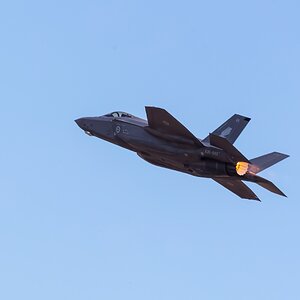donny1963
No longer a newbie, moving up!
- Joined
- Dec 15, 2015
- Messages
- 372
- Reaction score
- 30
- Can others edit my Photos
- Photos NOT OK to edit
many people go out and buy an expensive lens for the wrong reasons, many will go out and buy lets say a Nikon 70-200 2.8 thinking ok they are oging to get sharp pictures and good bokah..
Bokah is a FAD people getting all hyped up thinking the only good portrait is a bokah one, meaning blur the background, but that is simply not true.
First off let me tell you the reason a background may get bokah, (blur) it has to do with many factors, not just a small number aperture like 1,8 or 2.8 it's about how close you are to your subject, and how close your subject is to the background as well, and also your focal length is if using a zoom lens and not a prime lens such as a 50mm 1.8..
For instance if your subject is only 1 foot away from a brick wall it's going to be more difficult to make that wall blur out of focus, it's all about depth of field of course in that matter, because if your using a small number aperture then what will be in focus that is close to your subject will decrease greatly depending on how far away it is to your subject, at 1.8 maybe 3 feel would be out of focus more so then 1 foot away.
now if your subject is 10 feet away from a bring wall behind them then it's going to be easy to put that wall out of focus, and it don't have to be a low number aperture either, you can do it with f5.6
all you have to do is have your camera very close to your subject
then your lens will have a difficult time keeping anything in focus further then 2 feet away even at aperture 5.6.
because of how close your lens is to that subject..
Now another factor that you need to know about Bokah , (blur) the background, is the sensor size, a full frame camera will be able to blur the background easier then using an APSC camera..
that is one of the reason that the background gets soft is because of the amount of light hitting the sensor, so if you got a full frame sensor then more light is factored in the image, rather then a APSC sensor. that is why lower aperture numbers give you a narrower depth of field, it lets more light in the image. so if you use f 3.5 on full frame sensor and use an f 3.5 on APSC sensor the full frame image is going to have more blur even at the same aperture setting.
Now the other thing people believe which is not true, is if they go out and buy a lens that can reach 1.8 aperture they will get sharp images, and they go out and get that lens and take all there pictures at f1.8 thinking this is the sharpest setting to have it on.
which is not true at all, in fact the lower number apertures are usually the softest, and not so sharp , for instance a Nikon 70-200 f2,8 using aperture 2.8 is not going to give you the sharpest pictures, in fact the sharpest area of that lens in aperture rage is f5.8 to f8.0
any lower then f5.6 the images start to get softer.. Don't believe me go to DxOMark by DxO | DxOMark and check it out for your self, i'll post a few images showing you, but i checked it out and the lowest aperture numbers are not your sharpest ranges..
Alot of people think get a 1.8 or 2.8 lens and you will get sharp images, well yes you will but not because you can use the lowest aperture numbers. don't get me wrong the Nikon 70-200 f2.8 is a very good lens, but your not getting your sharpest images at f2.8 at all..
if in a studio you take a portrait at the same focal length with the same camera and the same lens at the same distance of your subject and take a portrait shot at f2.8 and i do the same thing at the same settings only set my aperture at f7 lets say i'm going to get a much sharper image.
and Bokah isn't going to matter either in studio because if you use a nice gray or white or black backdrop you don't need to get bokah..
even in an outdoor situation you can get good bokah all you have to do is change your focal length and distance to your subject and still get a bokah at f5.6 or even f7 depending on your focal length and distance....
With portraits i tend to stay away from my lowest aperture numbers because i can get much sharper images at f5.6 and higher.. now they are situation where you might want to go to 1.8 or 2.8 if your in low light situations like a church or indoors, or at dusk yeah, but, if you can help it and want the sharpest images possible then click your aperture to f5.8 and higher and you will notice a great improvement in image quality..
NOTE: there is always a sweet spot to your aperture settings , meaning if you go too high your sharpness will decrease, meaning there is a limit to the aperture number before you start to decline in sharpness again.
alot of lenses range from f5.6 to f11 and once you get higher then that it starts to get softer again..
it's like anything else in zoom lenses your best range is normally your mid range, like barrel distortion starts at the wide end and gets better to the middle then starts to pincushion zooming in further then the mid range..
same type of thing with aperture....
NOTE: if all your looking for is good BOKAH in a portrait, then you can get that with out spending $1,000.00 + buy going out and get a 50mm F1.8 Prime, this lens is very sharp and you can get it for $100.00 or less... you can get better bokah with that lens then you would with the expensive 70-200 lens. If bokah is all you care about.
they are advantages to the 70-200 because you don't have to change your distance to your subject like yo would with the 50mm prime, , but that is the cost of convenience...
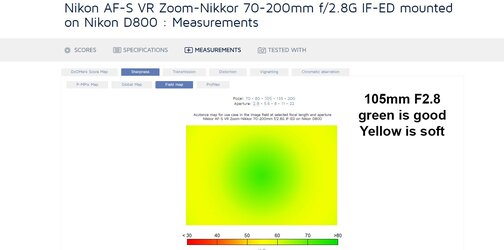

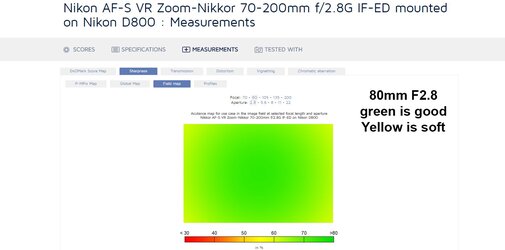
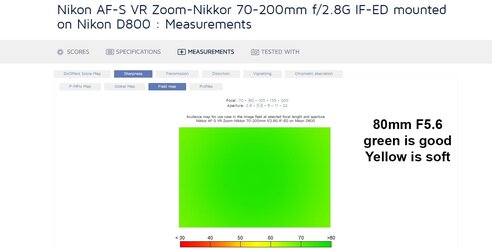

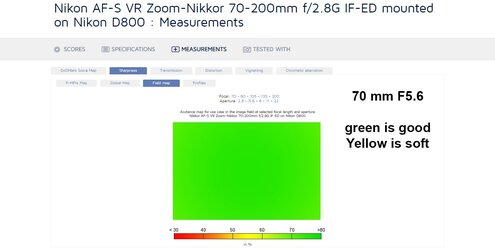
Bokah is a FAD people getting all hyped up thinking the only good portrait is a bokah one, meaning blur the background, but that is simply not true.
First off let me tell you the reason a background may get bokah, (blur) it has to do with many factors, not just a small number aperture like 1,8 or 2.8 it's about how close you are to your subject, and how close your subject is to the background as well, and also your focal length is if using a zoom lens and not a prime lens such as a 50mm 1.8..
For instance if your subject is only 1 foot away from a brick wall it's going to be more difficult to make that wall blur out of focus, it's all about depth of field of course in that matter, because if your using a small number aperture then what will be in focus that is close to your subject will decrease greatly depending on how far away it is to your subject, at 1.8 maybe 3 feel would be out of focus more so then 1 foot away.
now if your subject is 10 feet away from a bring wall behind them then it's going to be easy to put that wall out of focus, and it don't have to be a low number aperture either, you can do it with f5.6
all you have to do is have your camera very close to your subject
then your lens will have a difficult time keeping anything in focus further then 2 feet away even at aperture 5.6.
because of how close your lens is to that subject..
Now another factor that you need to know about Bokah , (blur) the background, is the sensor size, a full frame camera will be able to blur the background easier then using an APSC camera..
that is one of the reason that the background gets soft is because of the amount of light hitting the sensor, so if you got a full frame sensor then more light is factored in the image, rather then a APSC sensor. that is why lower aperture numbers give you a narrower depth of field, it lets more light in the image. so if you use f 3.5 on full frame sensor and use an f 3.5 on APSC sensor the full frame image is going to have more blur even at the same aperture setting.
Now the other thing people believe which is not true, is if they go out and buy a lens that can reach 1.8 aperture they will get sharp images, and they go out and get that lens and take all there pictures at f1.8 thinking this is the sharpest setting to have it on.
which is not true at all, in fact the lower number apertures are usually the softest, and not so sharp , for instance a Nikon 70-200 f2,8 using aperture 2.8 is not going to give you the sharpest pictures, in fact the sharpest area of that lens in aperture rage is f5.8 to f8.0
any lower then f5.6 the images start to get softer.. Don't believe me go to DxOMark by DxO | DxOMark and check it out for your self, i'll post a few images showing you, but i checked it out and the lowest aperture numbers are not your sharpest ranges..
Alot of people think get a 1.8 or 2.8 lens and you will get sharp images, well yes you will but not because you can use the lowest aperture numbers. don't get me wrong the Nikon 70-200 f2.8 is a very good lens, but your not getting your sharpest images at f2.8 at all..
if in a studio you take a portrait at the same focal length with the same camera and the same lens at the same distance of your subject and take a portrait shot at f2.8 and i do the same thing at the same settings only set my aperture at f7 lets say i'm going to get a much sharper image.
and Bokah isn't going to matter either in studio because if you use a nice gray or white or black backdrop you don't need to get bokah..
even in an outdoor situation you can get good bokah all you have to do is change your focal length and distance to your subject and still get a bokah at f5.6 or even f7 depending on your focal length and distance....
With portraits i tend to stay away from my lowest aperture numbers because i can get much sharper images at f5.6 and higher.. now they are situation where you might want to go to 1.8 or 2.8 if your in low light situations like a church or indoors, or at dusk yeah, but, if you can help it and want the sharpest images possible then click your aperture to f5.8 and higher and you will notice a great improvement in image quality..
NOTE: there is always a sweet spot to your aperture settings , meaning if you go too high your sharpness will decrease, meaning there is a limit to the aperture number before you start to decline in sharpness again.
alot of lenses range from f5.6 to f11 and once you get higher then that it starts to get softer again..
it's like anything else in zoom lenses your best range is normally your mid range, like barrel distortion starts at the wide end and gets better to the middle then starts to pincushion zooming in further then the mid range..
same type of thing with aperture....
NOTE: if all your looking for is good BOKAH in a portrait, then you can get that with out spending $1,000.00 + buy going out and get a 50mm F1.8 Prime, this lens is very sharp and you can get it for $100.00 or less... you can get better bokah with that lens then you would with the expensive 70-200 lens. If bokah is all you care about.
they are advantages to the 70-200 because you don't have to change your distance to your subject like yo would with the 50mm prime, , but that is the cost of convenience...






Last edited:



![[No title]](/data/xfmg/thumbnail/1/1592-cfae4a7ea791f96c6e2d03484be2e454.jpg?1619729144)
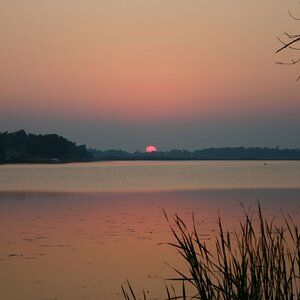
![[No title]](/data/xfmg/thumbnail/37/37628-b854997825aadb4eedaa3247baf8069f.jpg?1619738155)
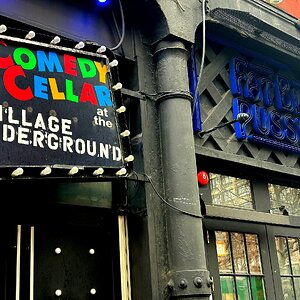
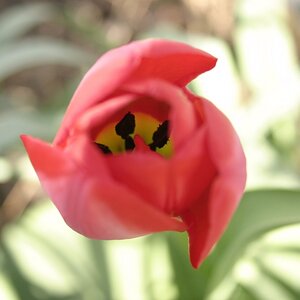
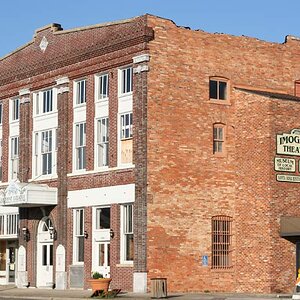
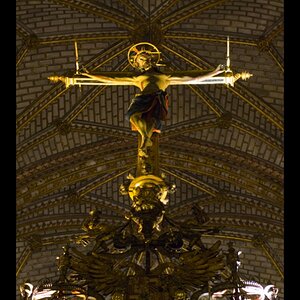
![[No title]](/data/xfmg/thumbnail/30/30994-49c5521f7b5b417f49dcd43891cbec27.jpg?1619734557)

![[No title]](/data/xfmg/thumbnail/32/32942-4440dd4ca2ff307a5d19277feedf1d94.jpg?1619735774)
![[No title]](/data/xfmg/thumbnail/30/30993-7c6dca4375064e92f2ea6cbfabf9b59e.jpg?1619734556)
